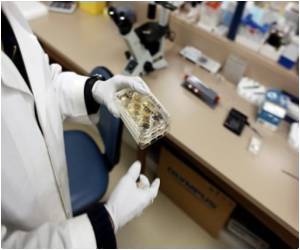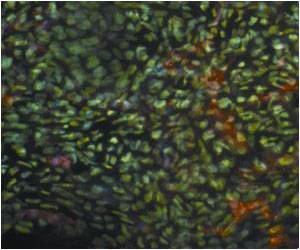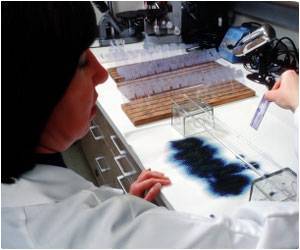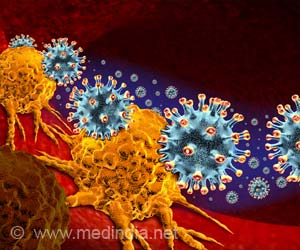A single compound with dual function – the ability to deliver a diagnostic and therapeutic agent – may one day be used to enhance the diagnosis, imaging

In a study published in the August issue of the journal Radiology, the research team led by Panos Fatouros, Ph.D., a former professor and chair of the Division of Radiation Physics and Biology in the VCU School of Medicine who retired in 2010, demonstrated that a nanoparticle containing an MRI diagnostic agent can effectively be imaged within the brain tumor and provide radiation therapy in an animal model.
The nanoparticle filled with gadolinium, a sensitive MRI contrast agent for imaging, and coupled with radioactive lutetium 177 to deliver brachytherapy, is known as a theranostic agent – a single compound capable of delivering simultaneously effective treatment and imaging. The lutetium 177 is attached to the outside of the carbon cage of the nanoparticle.
"We believe the clustering properties of this nanoplatform prolong its retention within the tumor, thereby allowing a higher radiation dose to be delivered locally," said Michael Shultz, Ph.D., a research fellow in Fatouros' lab in the Department of Radiology in the VCU School of Medicine.
"This theranostic agent could potentially provide critical data about tumor response to therapy by means of longitudinal imaging without further contrast administration," said Fatouros.
A nanoparticle called a functionalized metallofullerene (fMF), also known as a "buckyball," served as the basis of this work and was created by study collaborator, Harry Dorn, Ph.D., a chemistry professor at Virginia Tech, and his team. In 1999, Dorn and his colleagues were able to encapsulate rare earth metals in the hollow interior of these nanoparticles that can easily be recognized by MRI techniques.
Advertisement
Advertisement















